*Images are artistic renderings*
If you have mold on your wood furniture, you may be wondering if it's dangerous. Mold is a type of fungus that thrives in moist environments, and it can grow on almost any surface, including wood. While some types of mold are harmless, others can be toxic and pose a health risk to you and your family.
The good news is that not all mold is dangerous, and in most cases, mold on wood furniture is not harmful. However, certain types of mold can produce mycotoxins, which can cause health problems, especially if you have a weakened immune system. Additionally, mold can cause allergic reactions, respiratory problems, and other health issues, so it's important to take mold growth seriously and address it promptly.
Understanding Mold on Wood Furniture
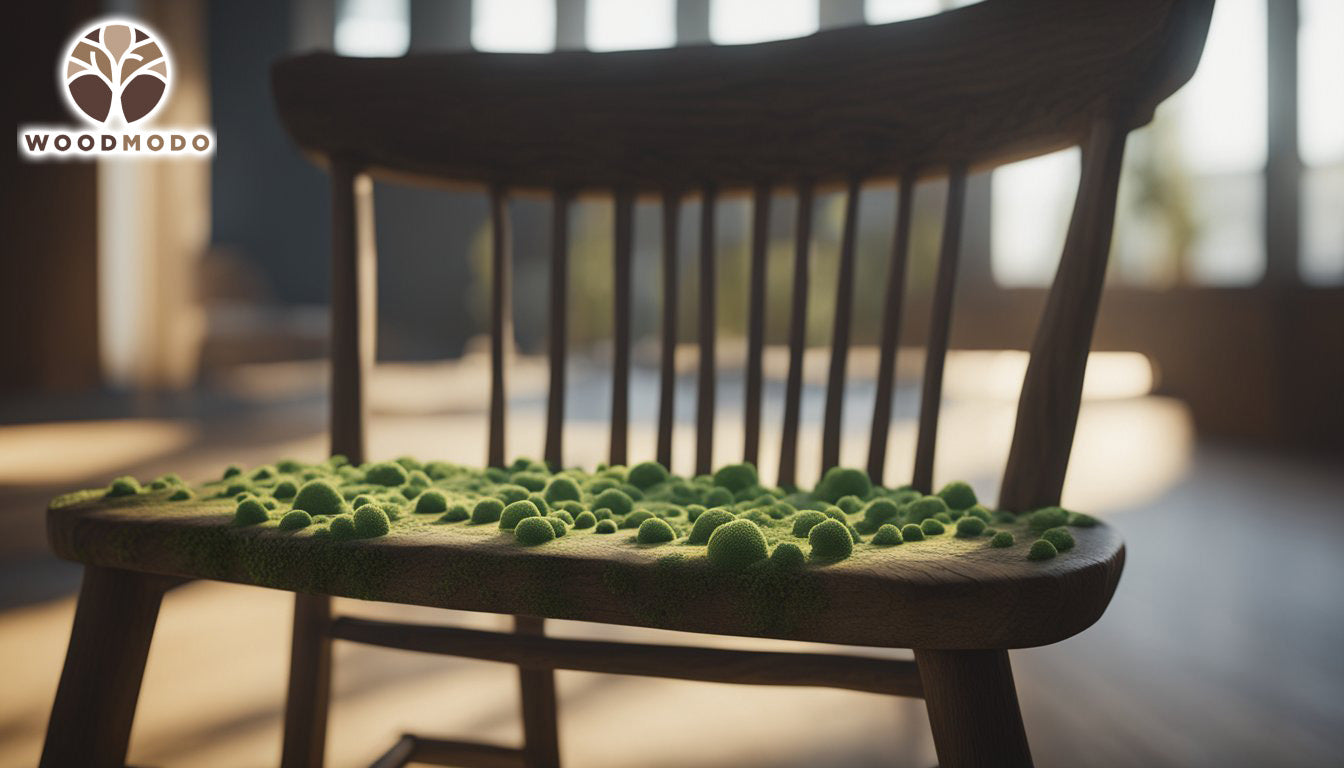
Mold is a type of fungus that thrives in moist and humid environments. It can grow on various surfaces, including wood furniture. Mold spores are tiny and invisible to the naked eye, and they can spread quickly, causing discoloration and damage to your furniture.
If you've noticed mold on your wooden furniture, it's essential to take immediate action to prevent it from spreading and causing further damage. In this section, we will discuss the causes of mold growth on wood furniture, the potential health risks associated with it, and how you can prevent and remove it.
Causes of Mold on Wood Furniture
Mold on wood furniture can occur due to various reasons, including:
- High humidity levels: Mold thrives in damp and humid environments, so if your home or office has high humidity levels, it can lead to mold growth on your wooden furniture.
- Water damage: If your furniture gets wet due to a leak or flood, it can create the perfect environment for mold to grow.
- Poor ventilation: Lack of proper ventilation can trap moisture, leading to mold growth on your wooden furniture.
Health Risks Associated with Mold on Wood Furniture
Mold on wood furniture can pose potential health risks, especially for people with allergies or compromised immune systems. Exposure to mold can cause various health problems, including:
- Respiratory issues: Inhaling mold spores can lead to respiratory problems such as coughing, wheezing, and shortness of breath.
- Skin irritation: Touching moldy furniture can cause skin irritation and rashes.
- Allergic reactions: People with allergies can experience allergic reactions such as sneezing, runny nose, and itchy eyes.
Preventing and Removing Mold on Wood Furniture
To prevent mold growth on your wooden furniture, you should:
- Keep the humidity levels low
- Ensure proper ventilation
- Regularly clean and maintain your furniture
If you notice mold on your wooden furniture, you should take immediate action to remove it. Here are some tips to remove mold from wood furniture:
- Wear protective gear such as gloves and a mask
- Use a mixture of water and vinegar or hydrogen peroxide to clean the affected area
- Dry the area thoroughly after cleaning
In conclusion, mold on wood furniture can be dangerous, leading to health issues and damage to your furniture. By understanding the causes of mold growth, the potential health risks associated with it, and how to prevent and remove it, you can keep your wooden furniture mold-free and in good condition.
Health Risks of Mold Exposure

Mold on wood furniture can pose several health risks to you and your family. Exposure to mold can lead to respiratory issues, allergic reactions, and long-term health effects.
Respiratory Issues
Mold spores can cause respiratory issues such as coughing, wheezing, and shortness of breath. If you have asthma or other respiratory conditions, mold exposure can exacerbate your symptoms. Prolonged exposure to mold can also lead to the development of bronchitis and other respiratory infections.
Allergic Reactions
Mold exposure can also cause allergic reactions in some people. Symptoms of mold allergies include sneezing, runny nose, itchy eyes, and skin rash. If you have a weakened immune system, exposure to mold can cause severe allergic reactions.
Long-Term Health Effects
Long-term exposure to mold can lead to serious health issues such as lung damage and neurological problems. Some studies have also linked mold exposure to the development of cancer. It is important to take mold growth seriously and take steps to prevent it from spreading in your home.
To protect yourself and your family from the health risks of mold exposure, it is important to address any mold growth in your home as soon as possible. This can involve cleaning and disinfecting affected areas, improving ventilation, and reducing humidity levels in your home. If you have a severe mold problem, it is best to seek professional help to ensure that the mold is properly removed and your home is safe to live in.
Types of Mold Found on Wood
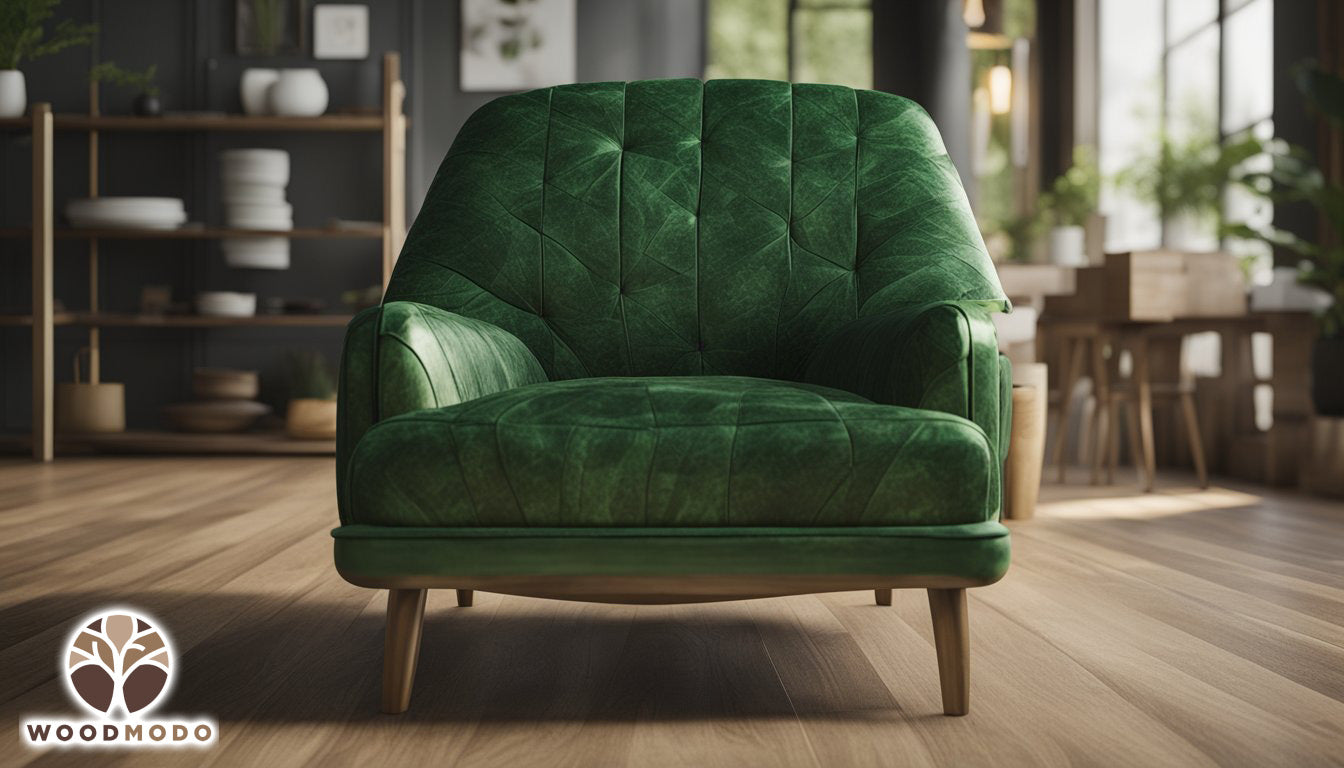
Mold is a common problem in many homes, and it can grow on a variety of surfaces, including wood furniture. There are several types of mold that can grow on wood, each with its own characteristics and potential health risks.
Black Mold
One of the most well-known types of mold is black mold. This mold is often found in areas that are damp or have high humidity levels, such as bathrooms and basements. Black mold can also grow on wood furniture, and it is known for its distinctive black or dark green color.
Black mold is known to produce mycotoxins, which can be harmful to human health. Exposure to black mold can cause respiratory problems, headaches, and other health issues. If you suspect that you have black mold on your wood furniture, it is important to take steps to remove it as soon as possible.
White Mold
Another common type of mold that can grow on wood furniture is white mold. This mold is often mistaken for dust or dirt, as it appears as a powdery, white or gray growth. White mold can also have a slightly greenish tint.
While white mold is not as dangerous as black mold, it can still cause health problems if left untreated. Exposure to white mold can cause respiratory issues, allergies, and other health problems.
Other Common Molds
In addition to black and white mold, there are several other types of mold that can grow on wood furniture. These include:
- Cladosporium: This mold appears as a powdery, white or gray growth, and can be confused with dust or dirt. It can cause respiratory problems and allergies.
- Aspergillus: This mold appears as a green or brown growth, and can cause respiratory problems and other health issues.
- Penicillium: This mold appears as a blue or green growth, and can cause respiratory problems and allergies.
If you suspect that you have mold on your wood furniture, it is important to take steps to remove it as soon as possible. This can help to prevent health problems and damage to your furniture.
Prevention Strategies
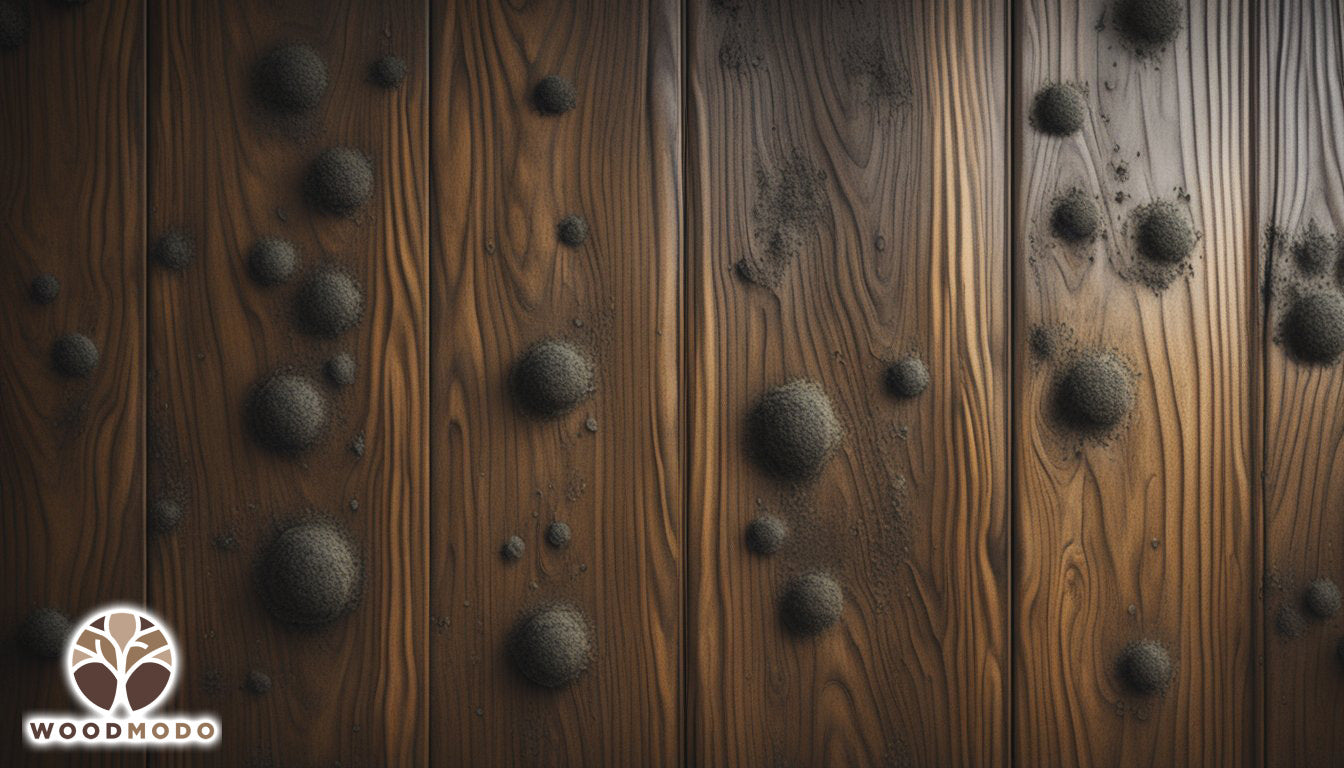
Mold growth on wood furniture can be prevented by implementing a few simple strategies. Proper ventilation, regular cleaning, and moisture control are all important factors to consider.
Proper Ventilation
Proper ventilation is essential to prevent mold growth on wood furniture. Ensure that your home has adequate ventilation by opening windows and doors regularly to allow fresh air to circulate. Consider installing a dehumidifier if your home is particularly humid. This will help to reduce the moisture levels in the air, making it less conducive for mold growth.
Regular Cleaning
Regular cleaning of your wood furniture is important to prevent mold growth. Dust and debris can accumulate on the surface of your furniture, providing a breeding ground for mold spores. Use a soft cloth to wipe down your furniture regularly, and consider using a vacuum cleaner with a HEPA filter to remove any dust particles that may be present.
Moisture Control
Moisture is a key factor in mold growth, and it is important to control the moisture levels in your home to prevent mold growth on your wood furniture. Ensure that your home is well insulated, and consider using mold-resistant paint and sealants to prevent moisture from penetrating the wood. Use a dehumidifier to control the humidity levels in your home, and ensure that any leaks or water damage are repaired promptly.
By following these prevention strategies, you can help to prevent mold growth on your wood furniture and ensure that your home remains healthy and safe.
Safe Mold Removal Techniques
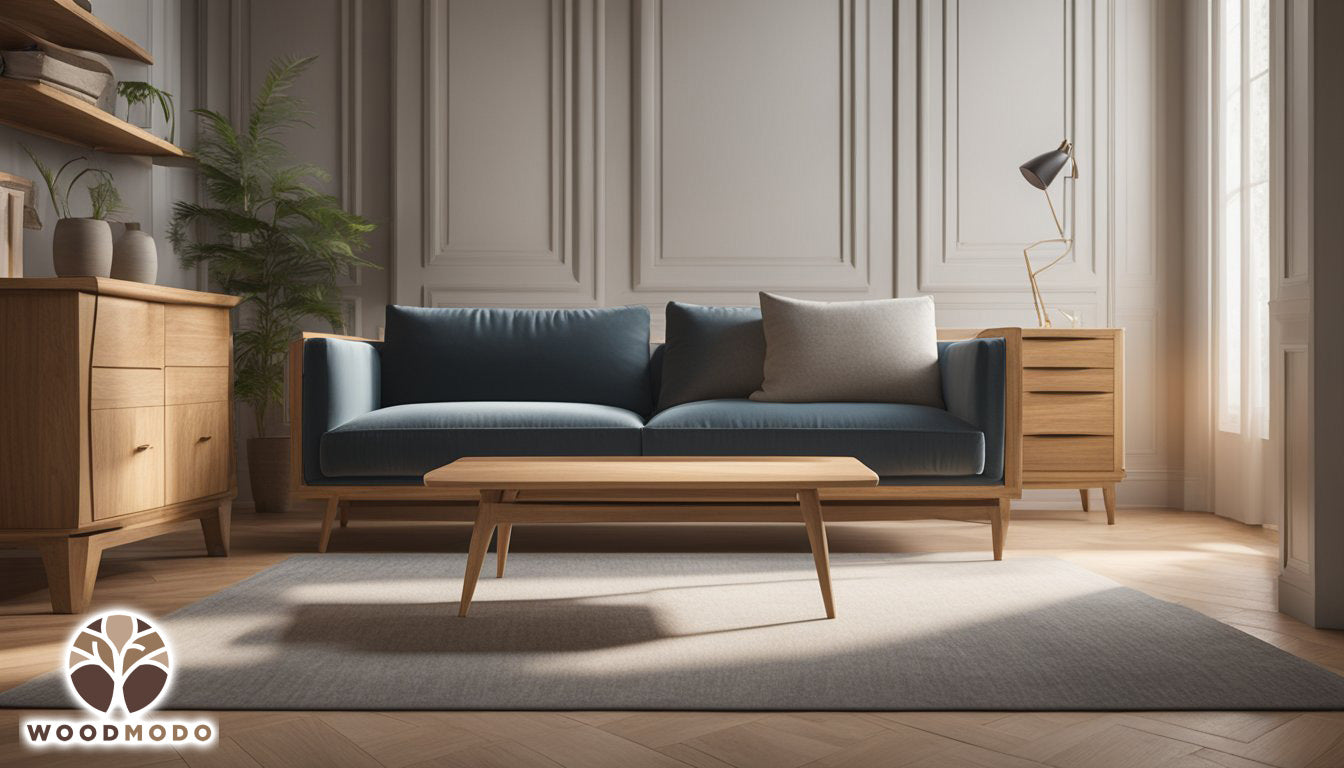
When it comes to mold removal from wood furniture, it's important to use safe and effective techniques to prevent further damage to the furniture and your health. Here are some safe mold removal techniques you can use:
Natural Remedies
Natural remedies are an effective and safe way to remove mold from wood furniture. Here are some natural remedies you can use:
- Vinegar: White vinegar is an effective natural mold killer. Mix equal parts of water and white vinegar in a spray bottle. Spray the affected areas and let it sit for an hour. Then, wipe the area with a clean, damp cloth.
- Baking Soda: Baking soda is also an effective natural mold killer. Add a quarter of a tablespoon of baking soda to a spray bottle of water. Shake the bottle to dissolve the baking soda, then spray the moldy area. Let it sit for an hour, then wipe the area with a clean, damp cloth.
Chemical Solutions
Chemical solutions are another effective way to remove mold from wood furniture. Here are some chemical solutions you can use:
- Bleach: Bleach is a powerful mold killer. Mix a quarter cup of bleach with two and a half cups of water and five cups of detergent. Stir the solution with a utensil to evenly distribute the ingredients. Apply the solution to the affected areas with a cloth or sponge, then let it sit for 15 minutes. Rinse the area with water and dry it thoroughly.
- Hydrogen Peroxide: Hydrogen peroxide is another effective mold killer. Mix one part hydrogen peroxide with two parts water in a spray bottle. Spray the affected areas and let it sit for 15 minutes. Then, wipe the area with a clean, damp cloth.
Professional Remediation
If the mold growth is severe or you're not comfortable removing the mold yourself, it's best to hire a professional mold remediation company. They have the necessary equipment and expertise to safely and effectively remove mold from wood furniture.
Identifying Mold on Wood Furniture
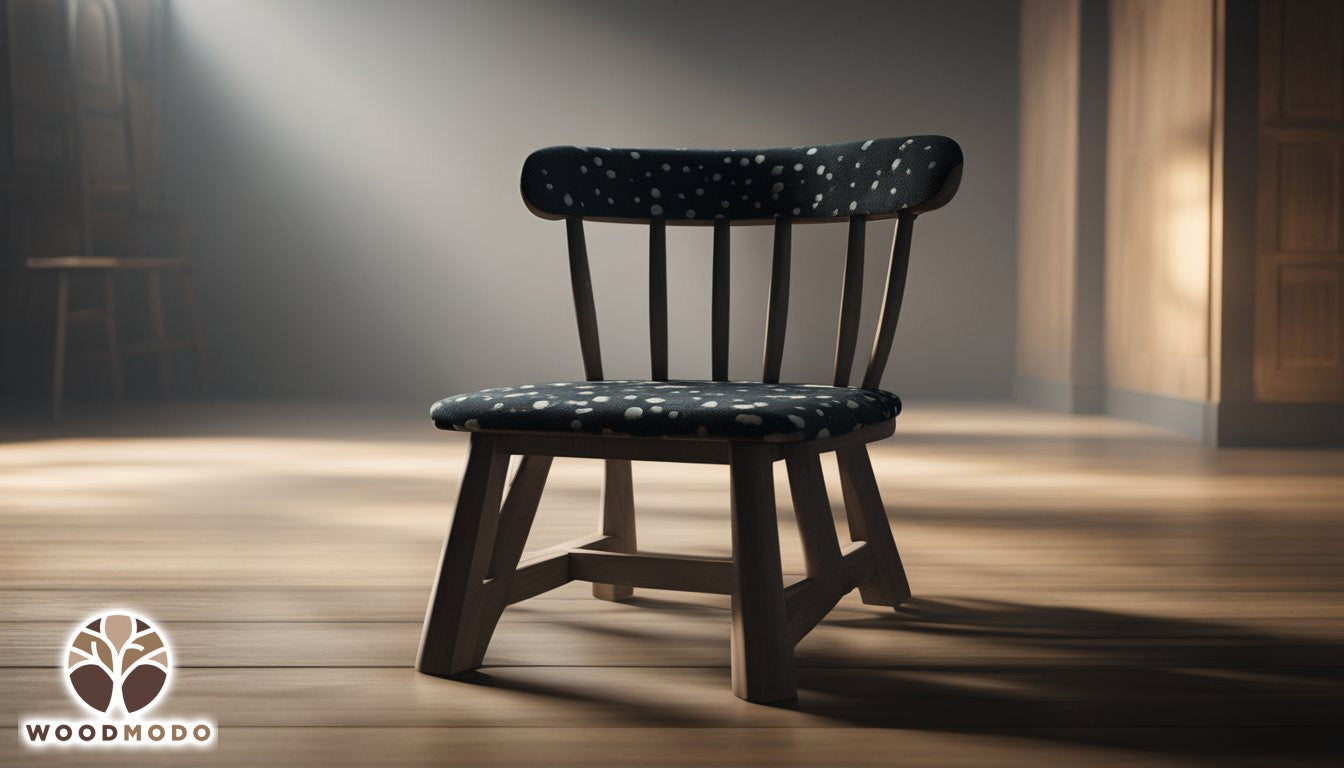
Mold on wood furniture can be a serious problem, as it can cause damage to the furniture and pose health risks to you and your family. Therefore, identifying mold on wood furniture is crucial for preventing its growth and spread. Here are two simple methods you can use to identify mold on your wood furniture.
Visual Inspection
The first and easiest method of identifying mold on wood furniture is through visual inspection. Look for any discoloration or stains on the surface of the furniture, especially in areas that are damp or humid. Mold can appear as black, white, green, yellow, or brown spots, depending on the type of mold and the conditions it is growing in.
Another sign of mold on wood furniture is fuzzy or powdery growth on the surface. If you notice any of these signs, it is important to take immediate action to prevent further growth and spread of the mold.
Smell Test
The second method of identifying mold on wood furniture is through the smell test. Mold has a distinct musty or earthy odor that is easy to recognize. If you notice a strong odor coming from your wood furniture, it is likely that mold is growing on or inside it.
It is important to note that not all types of mold have a strong odor, and some types may not have any odor at all. Therefore, it is important to use both visual inspection and smell test to identify mold on your wood furniture.
By using these simple methods, you can easily identify mold on your wood furniture and take the necessary steps to prevent its growth and spread. Regular cleaning and maintenance, proper ventilation, and keeping the furniture dry are some effective ways to prevent mold growth on wood furniture.
When to Seek Professional Help

If you have tried the DIY methods and the mold on your wood furniture still persists, it may be time to seek professional help. Here are some signs that indicate you should call in a professional:
- Extensive Mold Growth: If the mold has spread to a large area of the furniture, it can be difficult to remove on your own. A professional can assess the situation and provide a solution that will effectively remove the mold.
- Health Issues: If you or anyone in your household is experiencing health issues such as allergies, respiratory problems, or skin irritation, it is best to call in a professional. They can identify the type of mold present and provide a safe and effective solution.
- Structural Damage: If the mold has caused structural damage to the furniture, such as warping or weakening of the wood, it is best to seek professional help. Attempting to remove the mold on your own may cause further damage to the furniture.
When choosing a professional, make sure they are licensed and experienced in mold removal. Ask for references and read reviews before hiring them. It is important to address mold on wood furniture as soon as possible to prevent further damage and potential health risks.
Frequently Asked Questions
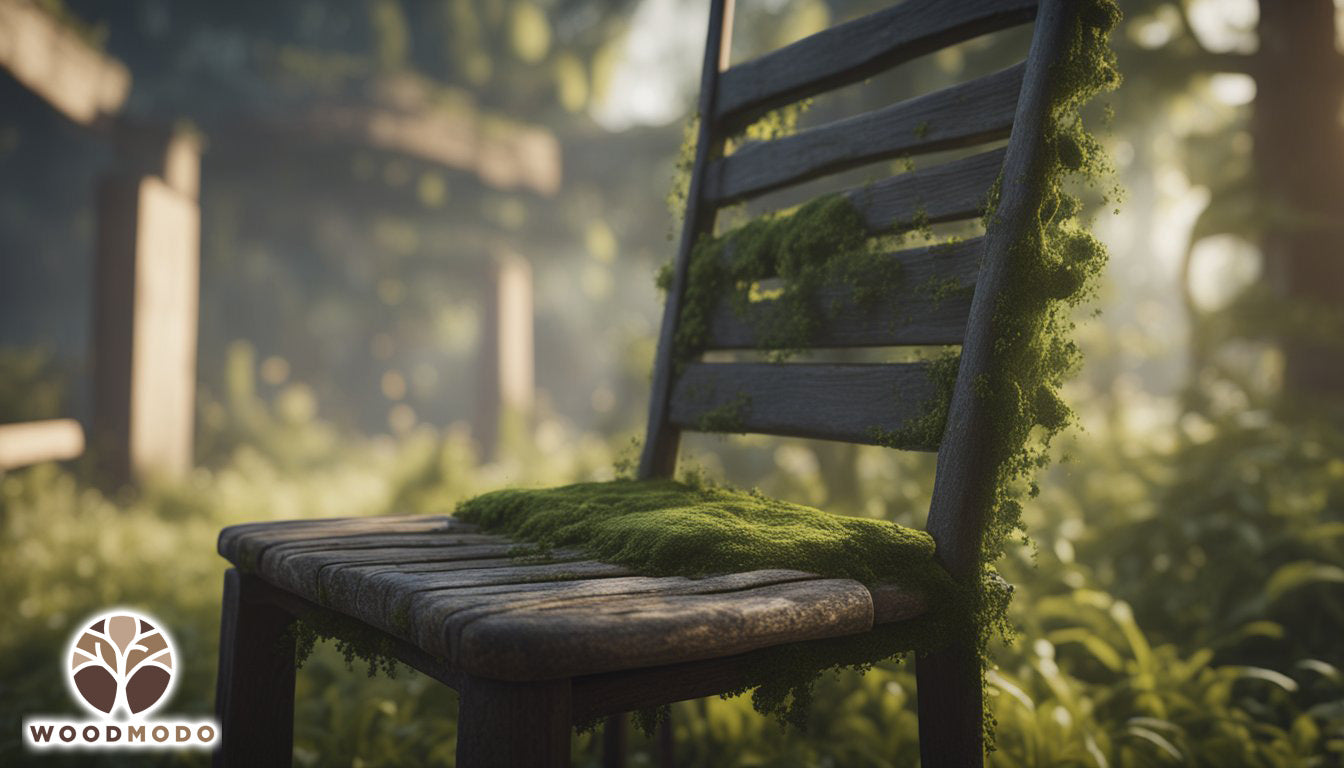
Why is my wooden furniture getting moldy?
Mold thrives in moist environments, so if your wooden furniture is in a damp area or has been exposed to water, it can be a breeding ground for mold. Poor ventilation can also contribute to mold growth.
What's up with the powdery white stuff on my wood furniture?
The powdery white substance you see on your wood furniture is likely white mold. It's a common type of mold that forms on damp surfaces. While it's less harmful than other types of mold, it can still damage your furniture and pose some health risks.
Can getting cozy with moldy furniture make me sick?
Yes, exposure to mold can cause allergic reactions, respiratory problems, and other health issues. If you have moldy furniture, it's best to avoid contact with it until you can safely remove the mold.
Is it worth trying to save my moldy wood furniture, or should I just toss it?
It depends on the severity of the mold damage. If the mold is superficial and hasn't penetrated the wood, you may be able to save the furniture. However, if the mold has caused structural damage or has spread extensively, it may be time to say goodbye to your furniture.
What are the signs that mold on wood might be toxic?
Some types of mold can produce mycotoxins, which can be harmful to humans and animals. Signs that mold on wood might be toxic include a strong, musty odor, respiratory symptoms, and neurological symptoms.
Got any tips to stop mold from crashing my wood furniture party?
To prevent mold growth on your wooden furniture, make sure to keep the area dry and well-ventilated. Avoid placing furniture in damp areas or near sources of moisture, such as windows or pipes. If you notice any signs of mold, take action immediately to prevent it from spreading.

